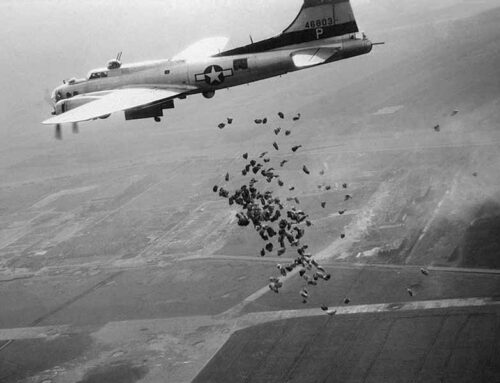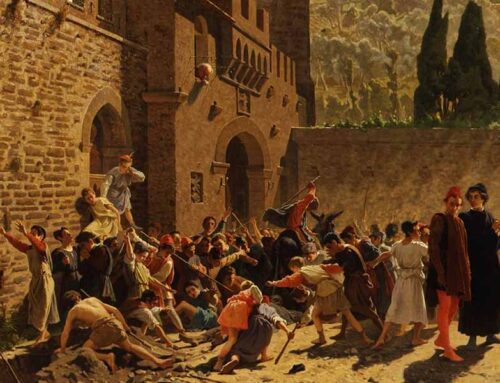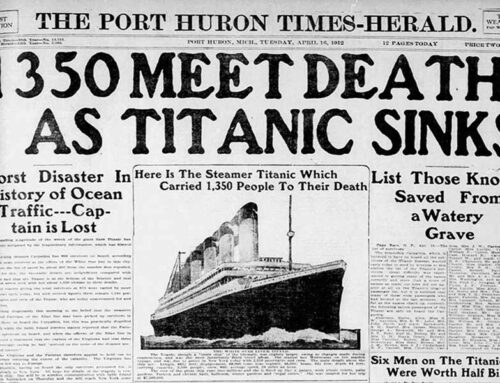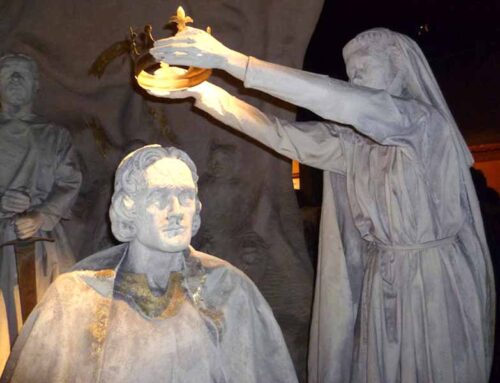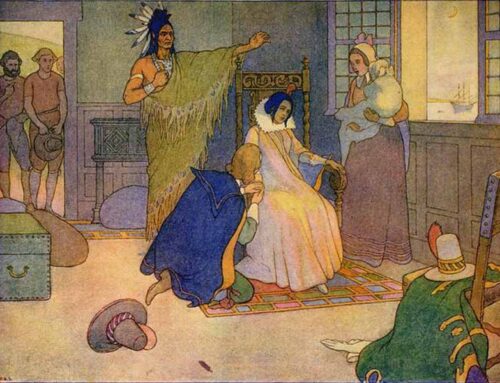
Winston Churchill Creates the RAF, April 1, 1918
 n this day in 1918, Britain’s Royal Air Force was created by Winston Churchill. It is now considered the oldest independent flying force in the world. They were spawned from the existing Royal Naval Air Service which he created as Lord of the Admiralty, and the Royal Flying Corps, which Churchill presided over as Secretary of State for Air. Churchill himself long held a passion for aviation and had begun taking flying lessons as early as 1912, always keen to utilize and familiarize himself with cutting-edge technology. He rightfully considered an Air Force as a critical part of any country’s future armory.
n this day in 1918, Britain’s Royal Air Force was created by Winston Churchill. It is now considered the oldest independent flying force in the world. They were spawned from the existing Royal Naval Air Service which he created as Lord of the Admiralty, and the Royal Flying Corps, which Churchill presided over as Secretary of State for Air. Churchill himself long held a passion for aviation and had begun taking flying lessons as early as 1912, always keen to utilize and familiarize himself with cutting-edge technology. He rightfully considered an Air Force as a critical part of any country’s future armory.
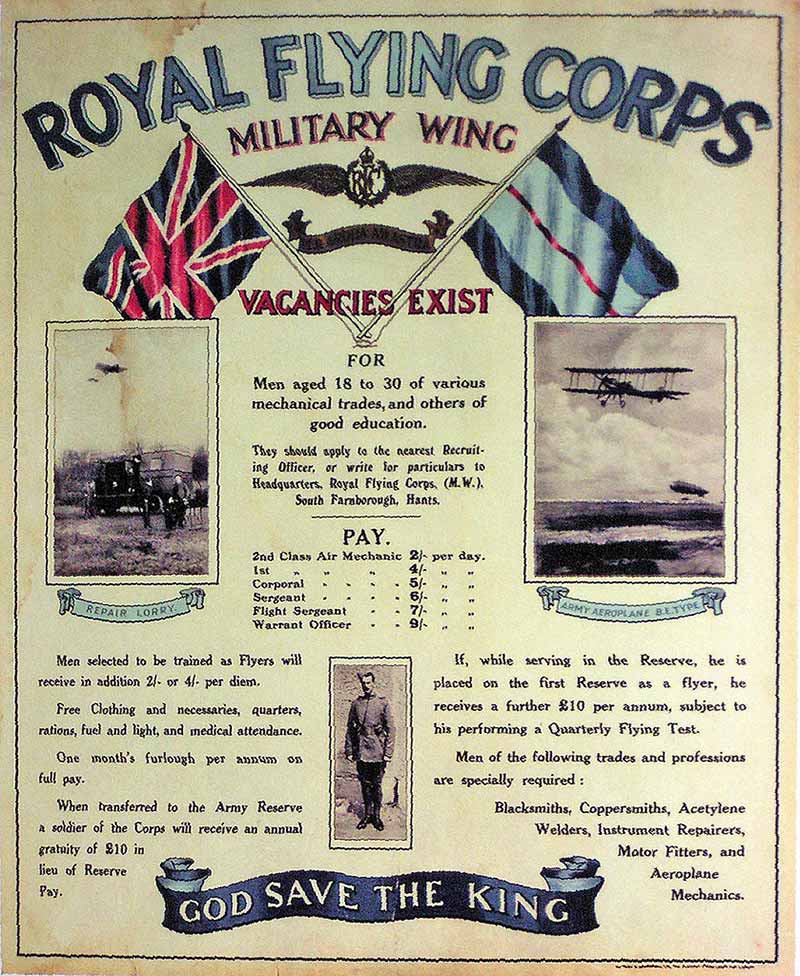
A 1913 recruiting poster for the Royal Flying Corps, one of the precursors to the RAF
World War I was in its final year in 1918, armistice would be announced in November—America’s decisive presence and weaponry helping turn the tide—and Churchill’s own political reputation was in tatters due to disastrous naval decisions. Still, his concept for a amalgamated flying force was adopted but hardly used in the dwindling conflict.
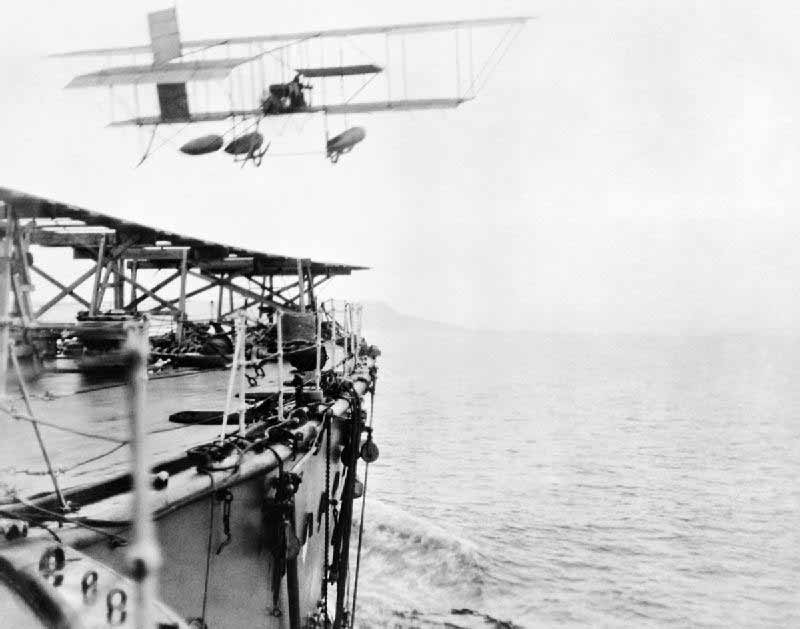
Commander C Samson of the Royal Naval Air Service taking off from HMS Hibernia in his modified Shorts S.38 “hydro-aeroplane”
—the first pilot to take off from a ship underway at sea, May 9, 1912
What could not have been foreseen except by a visionary few, was how crucial the newly-minted RAF would become in a mere twenty years. Inaugurated at the end of the War to End All Wars, the British Air Force’s upkeep and technological competitiveness became sorely neglected in the subsequent years. Depression-era politics in the 1930s required both stringent budget cuts and a “good faith attitude” towards their erstwhile enemies in Europe, which demanded an idyllic policy toward the demilitarization of Great Britain.
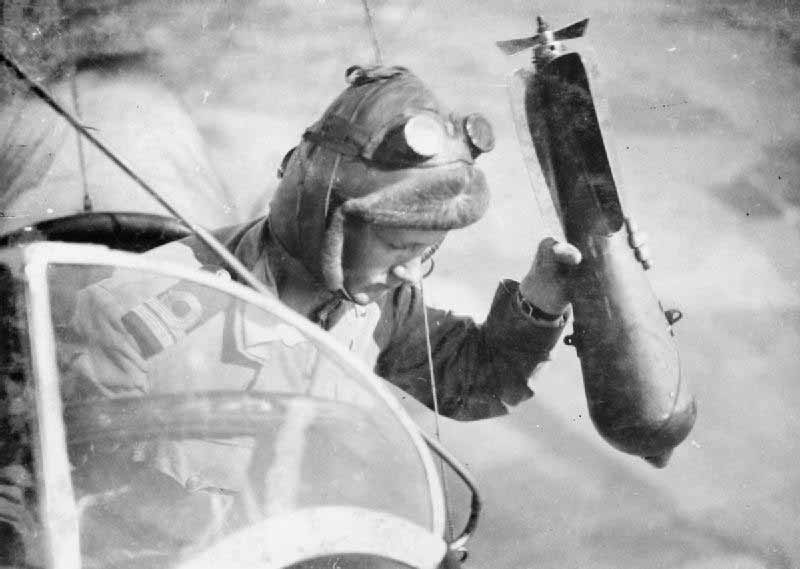
A crew member of a British SS ‘Z’ Class airship about to throw a bomb from the rear cockpit of the gondola during WWI
It is now rather famous how little Adolf Hitler, Chancellor of Germany, regarded these displays of good faith. He came up with ingenious ways to build up his own Luftwaffe without much notice or intervention from United Europe, he infamously bought supplies and parts from England, and siphoned plane blueprints from Poland. Both of these countries would lose thousands of civilians when he ordered the targeted bombing of their towns a few years later.
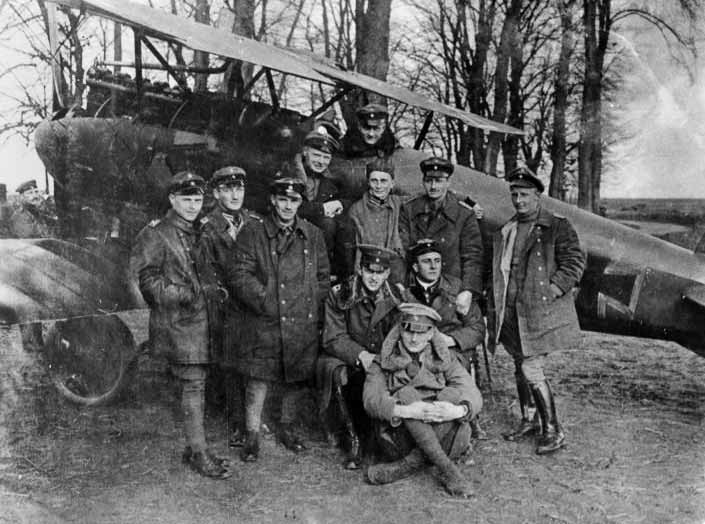
Manfred Richthofen—The Red Baron—in the cockpit of his famous Rotes Flugzeug (“Red Aircraft”) with other members of Jasta 11 of the Luftwaffe, including his brother Lothar (sitting, front), April 23, 1917
The only usable force to stand between England in 1940 and Hitler’s Nazis during the Battle of Britain would be the under-equipped, outdated, outnumbered and yet lionhearted pilots of the RAF. Both Fighter and Bomber Aircraft would prove essential elsewhere, in the battles for Africa, the Pacific, and the eventual dreadful bombing of Germany’s heartland. It has been estimated that 75,446 British airmen were either killed, wounded or taken prisoner during World War II, that being 60% of all operational airmen.

King George VI, Queen Elizabeth, Princess Elizabeth (future Queen Elizabeth II) with members of the RAF, between 1942-1945
Winston Churchill admired these men to a great degree and immortalized them in a speech he gave during the early days of the war, in what he called “Their Finest Hour”—almost twenty-two years to the month after the RAF’s creation:
“Almost a year has passed since the war began, and it is natural for us, I think, to pause on our journey at this milestone and survey the dark, wide field. It is also useful to compare the first year of this second war against German aggression with its forerunner a quarter of a century ago. Although this war is in fact only a continuation of the last, very great differences in its character are apparent. In the last war millions of men fought by hurling enormous masses of steel at one another. “Men and shells” was the cry, and prodigious slaughter was the consequence.”
“In this war nothing of this kind has yet appeared. It is a conflict of strategy, of organisation, of technical apparatus, of science, mechanics, and morale… There is another more obvious difference from 1914. The whole of the warring nations are engaged, not only soldiers, but the entire population, men, women, and children. The fronts are everywhere… All hearts go out to the fighter pilots, whose brilliant actions we see with our own eyes day after day; but we must never forget that all the time, night after night, month after month, our bomber squadrons travel far into Germany, find their targets in the darkness by the highest navigational skill, aim their attacks, often under the heaviest fire, often with serious loss, with deliberate careful discrimination, and inflict shattering blows upon the whole of the technical and war-making structure of the Nazi power…”
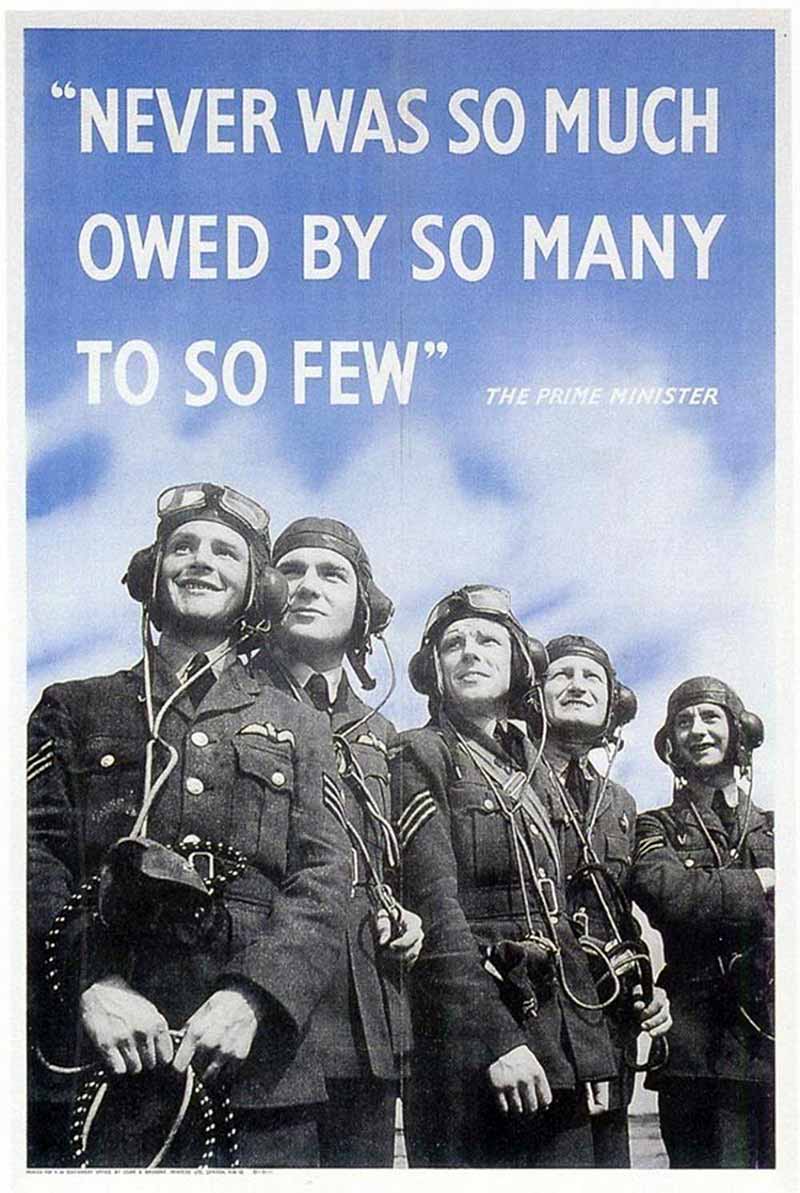
A poster immortalizing Churchill’s quote after the Battle of Britain
“The gratitude of every home in our Island, in our Empire, and indeed throughout the world, except in the abodes of the guilty, goes out to the British airmen who, undaunted by odds, unwearied in their constant challenge and mortal danger, are turning the tide of the world war by their prowess and by their devotion. Never in the field of human conflict was so much owed by so many to so few.”
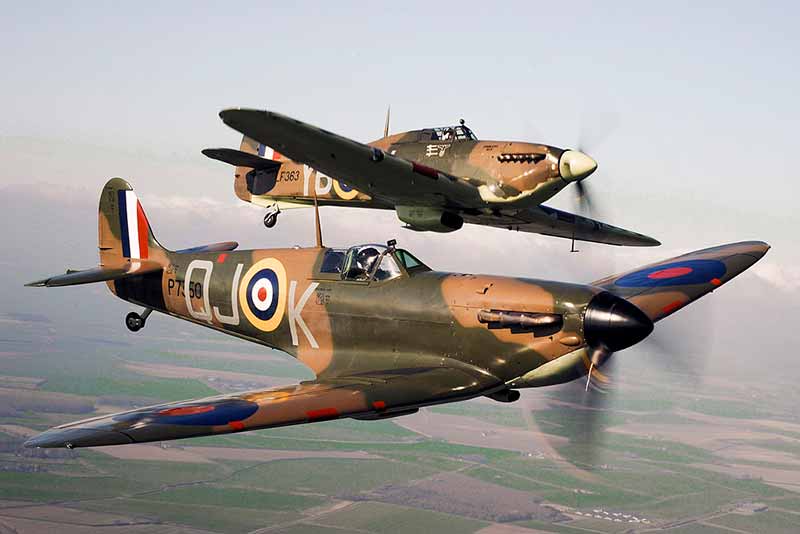
A Spitfire and Hurricane, which both played major roles in the Battle of Britain


